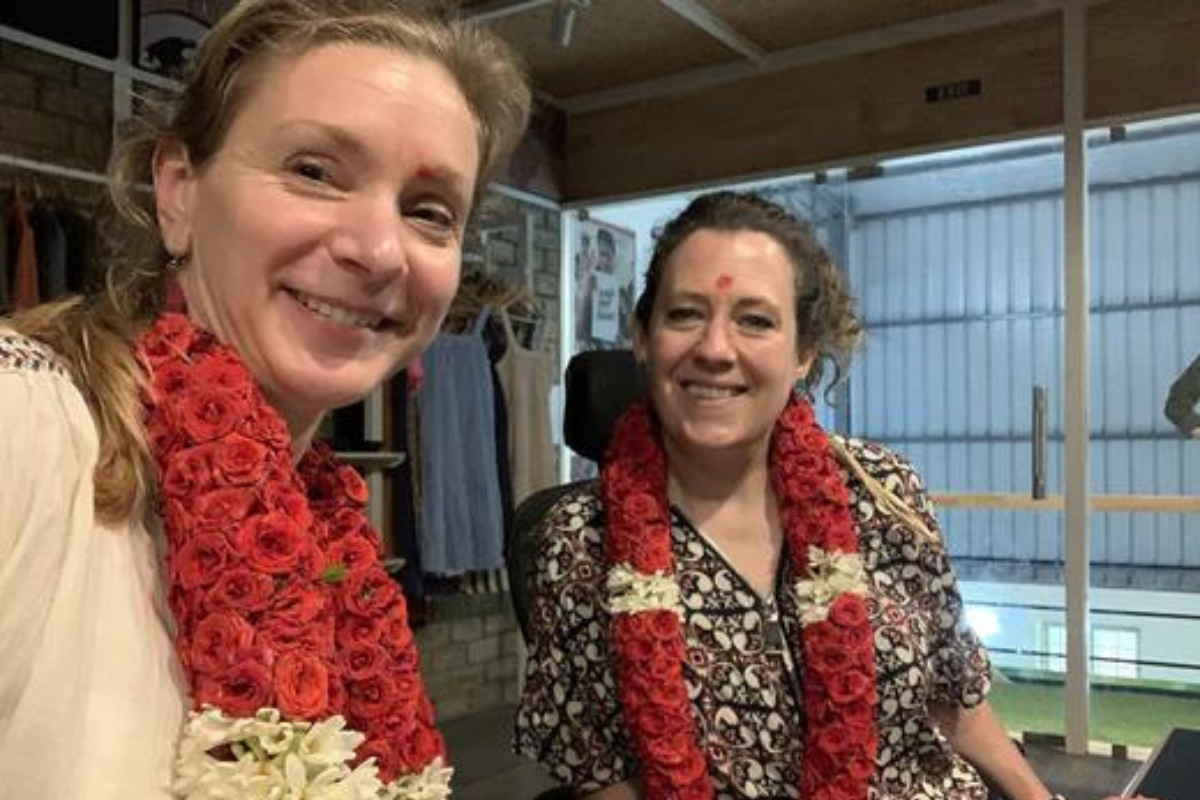
Who made your clothes? Meeting the people behind my pants
The first thing I do now when I buy a new (or old) piece of clothing is check the label. Not for the material or the size but for the place in which it was made.
Do you know where your clothes come from?
Whose hands they passed through?
The care and attention that was taken at each and every step in the process?
In fact the sheer number of processes that the garment went through in order to finally end up in your shopping cart or basket?
Guest blog post by Annabel Daly
So this is how I spent a wonderful long and hot week in South Eastern India – visiting the factories in Chennai and Tiruppur where Y.O.U Underwear’s pants, bralettes, tote bags, tea towels and gift bags are manufactured. It’s the second time that I’ve had the privilege of accompanying Sarah on her visit to the factories, and this time felt really special. Yes, it was a fascinating opportunity to witness the many different stages of production, and gradually see the Y.O.U garments come to life, but this time it was more than the production process, it was spending a week in the company of humans, humans who really care about those many processes and who make the pants (and other items!).

It was the wonderful warm welcome from the staff at both of the main factory sites – with blessings, gifts and delicious chai in tiny glass cups.
It was the way we were diligently chaperoned around the cities and between the sites, including a rather exhilarating 7 hour car transfer between Chennai and Tiruppur – determined to both save on the carbon footprint and opting to see a bit of India in the process – with our guides for the week, Siva and Sunil. They patiently taught us the etiquette of eating on a banana leaf and with our hands, how to avoid the wrong kind of bottled water, how to purchase the best Indian sweets, and they’d stop at the side of crazy highways so we could take photos of peacocks in flocks.

It was the attention to detail and care that was taken by the staff within all the factory sites to show us the full quality checks, the passion that our guides showed when demonstrating that the factories that Y.O.U select to work with prioritise health and safety, worker rights, and structures to provide fair payment and working conditions. They spent time to tell the stories of the factory workers – whether it was improving access to local jobs for women, or supporting migrant workers.
By the end of the week as we waived goodbye to many of the faces we’d spent the week with, it felt a little sad, we’d made some strong new connections and created memories that will endure for time to come.

Of course seeing that end-to-end process was incredibly fascinating, especially appealing to my inner geek – and we had access to all parts in the process – from the spinning of the cotton into fabric, to the dying of the base colour, the careful printing of the pattern (this was a huge eye opener – the precision and human intervention to get the Mara print perfect was phenomenal) to the laying out of the fabric to “rest” (for 8 hours, so it was then manageable to cut into the patterns). Then comes the cutting, the sewing, the labels, and with quality assurance at every step along the way. Spending time inspecting and understanding each stage really made me think about the effort, the care, the attention and work that goes into just a single pair of pants. I will never look at a pair of pants in the same way again! Or indeed a t-shirt, a dress or a pair of trousers. Once you’ve witnessed the end-to-end process of garment manufacture it’s impossible not to really think hard every time you buy something new. And that’s important – it’s helps us slow down fashion – which we need to do – and appreciate the many hands that the garment has passed through before it even gets packed and shipped on its way to the store!

So next time you get dressed in the morning, or are browsing the rails in a shop, seek out the label and take a peek as to where it was made. Then imagine the whole line of people and intricate processes involved in the process of creating this garment so that you are able to buy it, wear it and enjoy it. Don’t be afraid to ask where the clothing is made and ask questions about the workers behind the clothes. It’s important we know about how our clothes are made and that the humans behind the scenes are treated and rewarded. We can be more conscious about how we shop and challenge clothing companies to show us behind the scenes and ask questions of those workers – our questions and insight into those processes can have positive ripple effects on changing things for the better. And of course before you buy, or dress, send out some silent gratitude to those who made your clothes to thank them for their work and celebrate their talents.

My top 5 favourite memories from the Y.O.U factory visit:
- The people – from the welcome ceremonies we experienced on visiting the factories, to the smiles and warmth of the factory workers – a real eye opener and reminder that there are humans, many humans behind every item of clothing on our bodies!

- Chai time – a delicious shot of sweet goodness and major step up from builders tea, the sweet and delicately spiced tea in tiny glasses is the ONLY way to refresh between business meetings

- Gasping in awe at the machines involved – being a bit of an engineering geek I got a proper eyeful gazing in awe at the knitting machines and the huge drums that the material is dyed in. Wow!

- Car journeys. Thrill seekers will love this – the traffic on the roads was crazy … dodging and weaving at top speed … in a hurry to be nowhere, but especially in Tiruppur where we played ‘spot the factory worker’ on their motorbikes with the backseat piled high with fabric as it was moved between factories.

- Seeing a live demonstration of the print of the red Mara fabric. I never thought I could get that excited about watching fabric get printed, but the whole process was incredible to watch – from the pouring of the bright coloured fabric paint into the printing drums to the men dancing about on top of the machine loading and adjusting the settings on the drums to ensure the dots and patterns were lined up perfectly, to the gradual rolling through of the fabric and the beautiful print finally emerging, and reels of red Mara fabric cascading down in front of our eyes – pure magic!

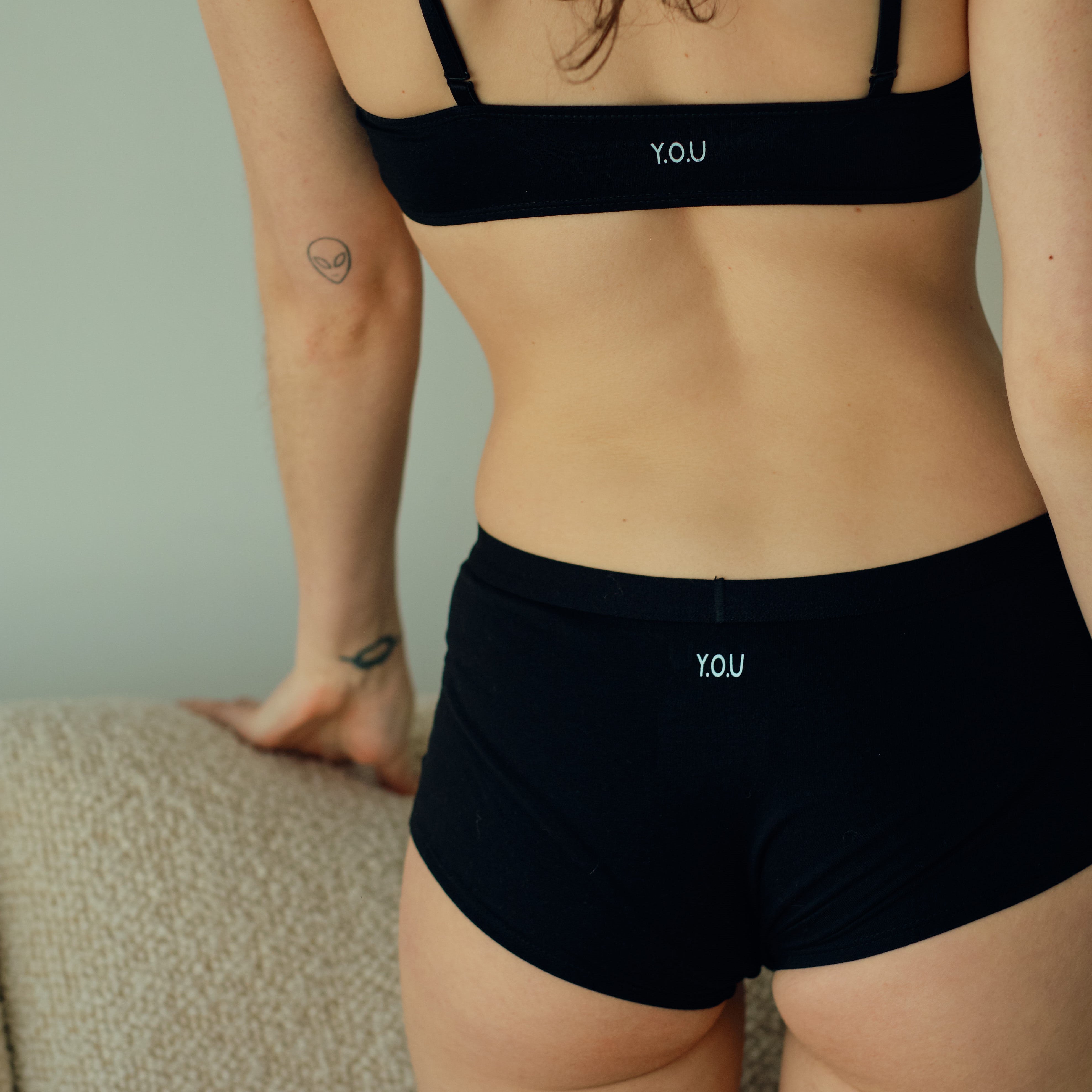
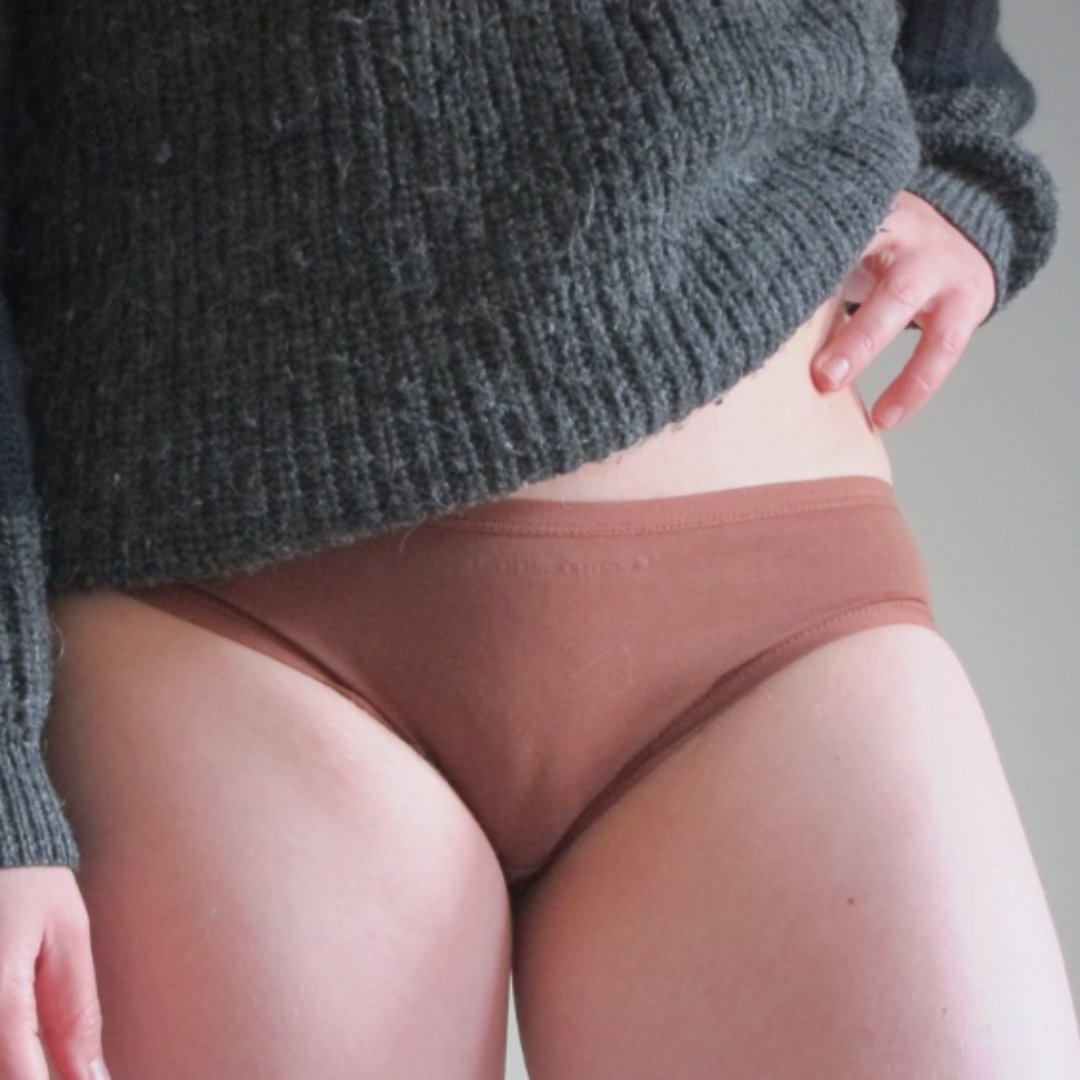
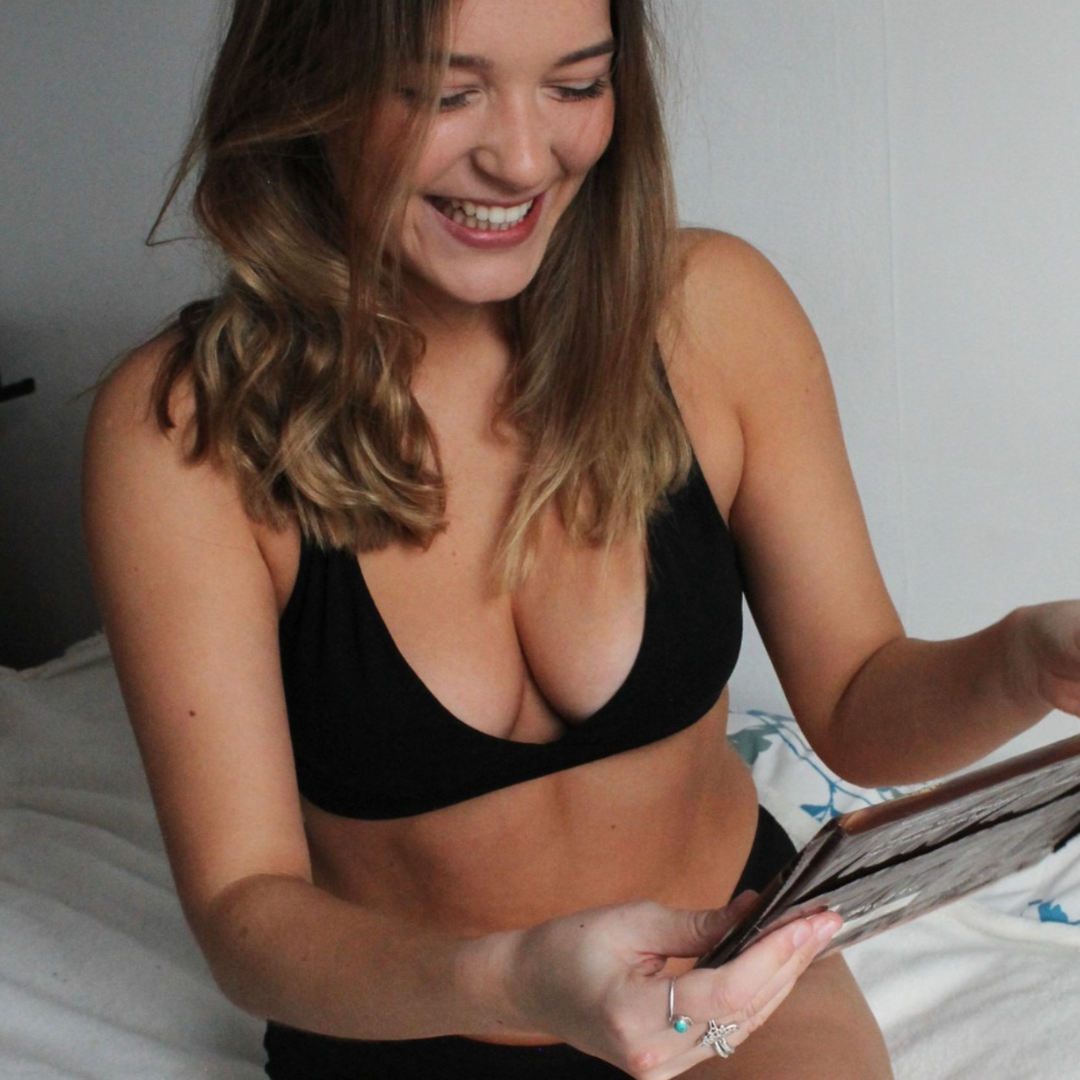
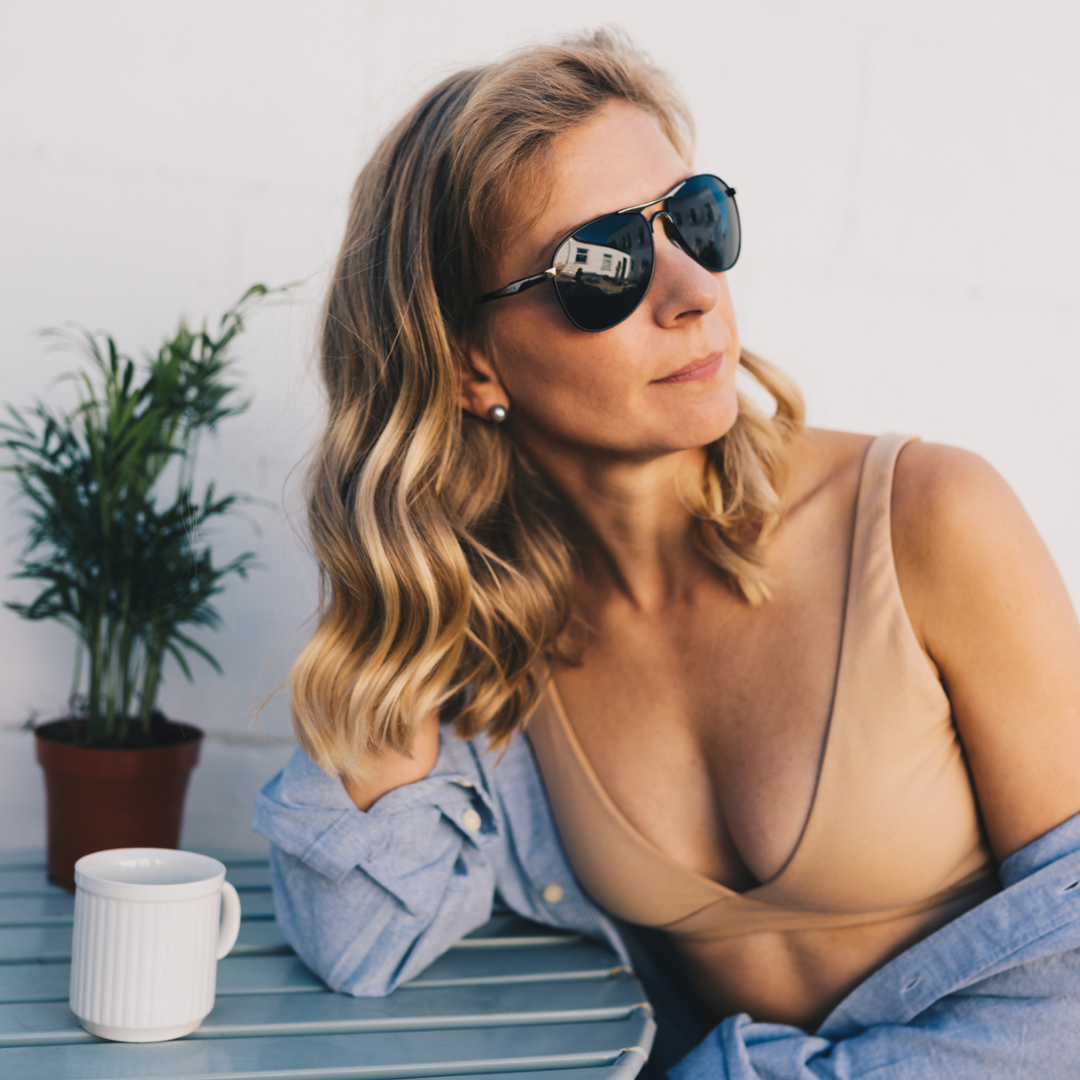
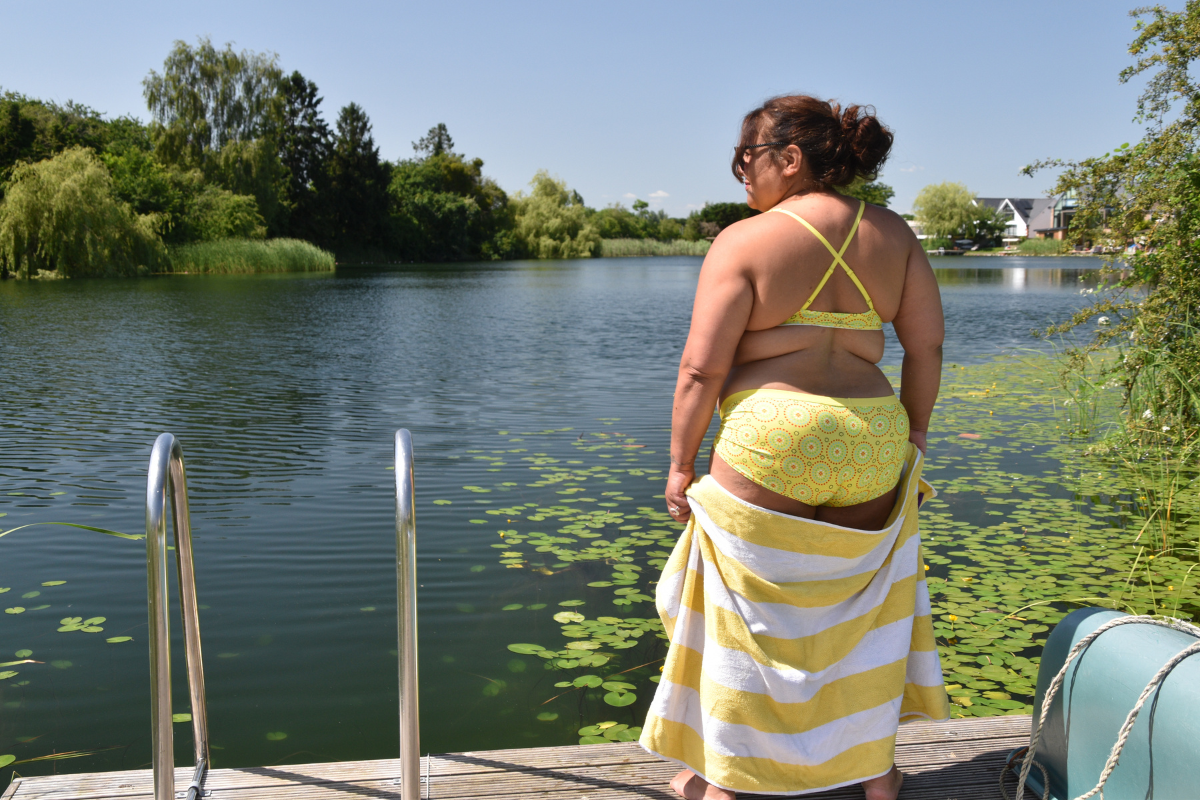
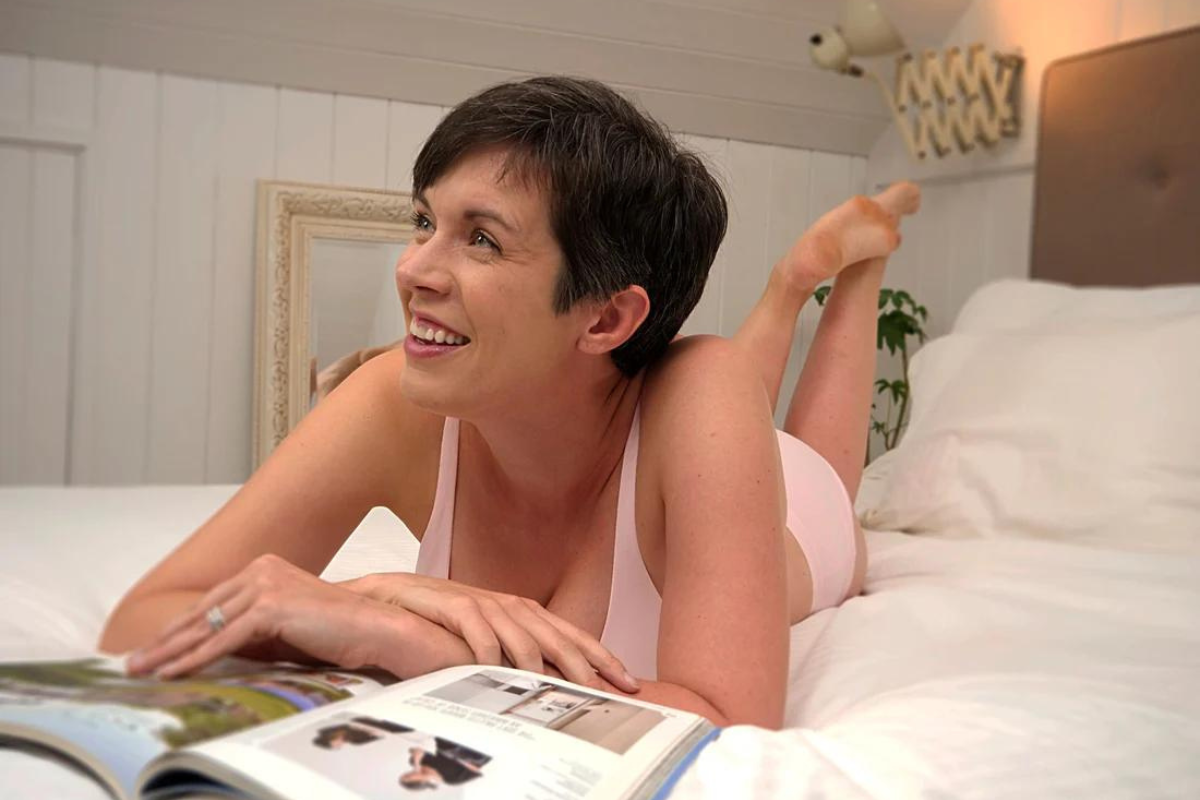

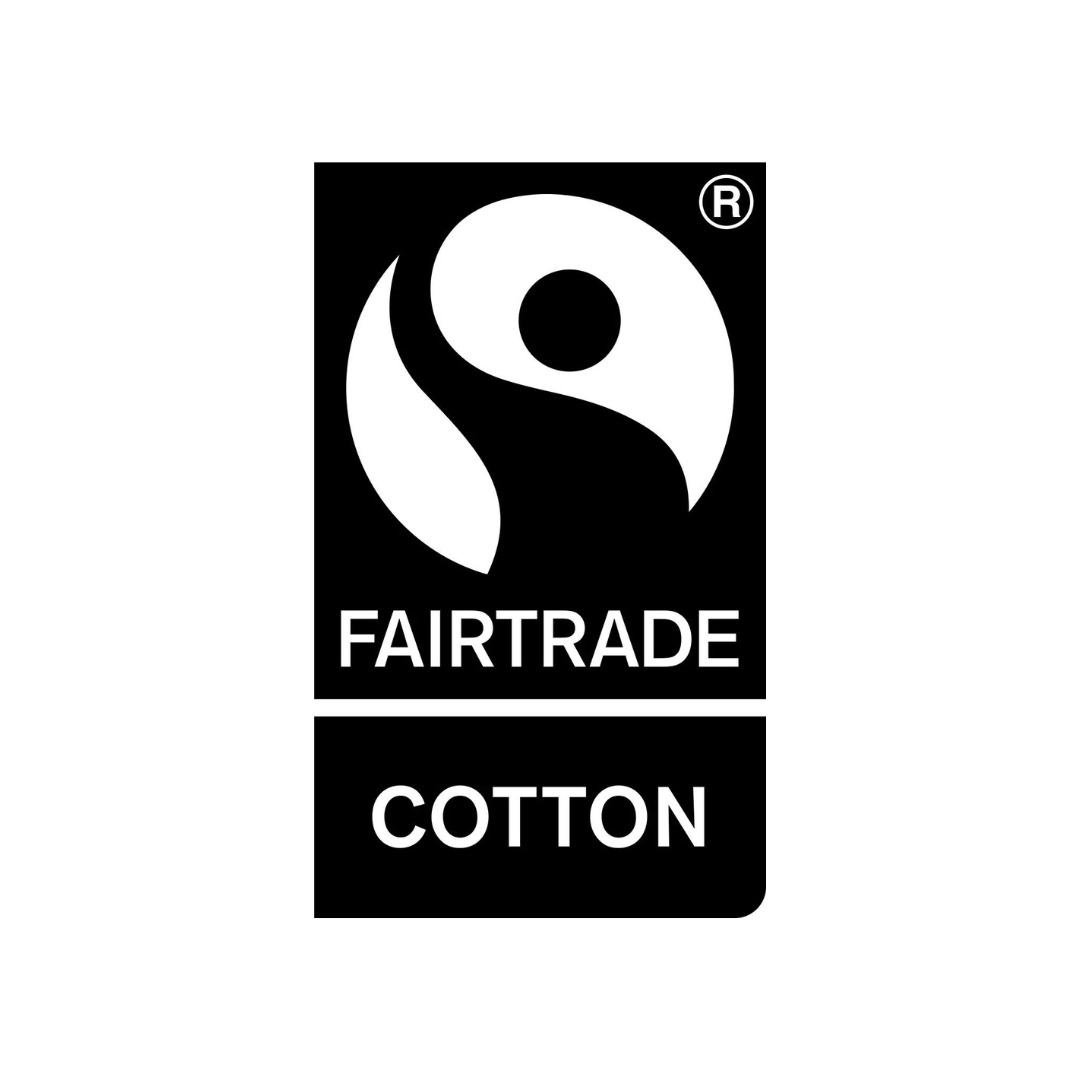
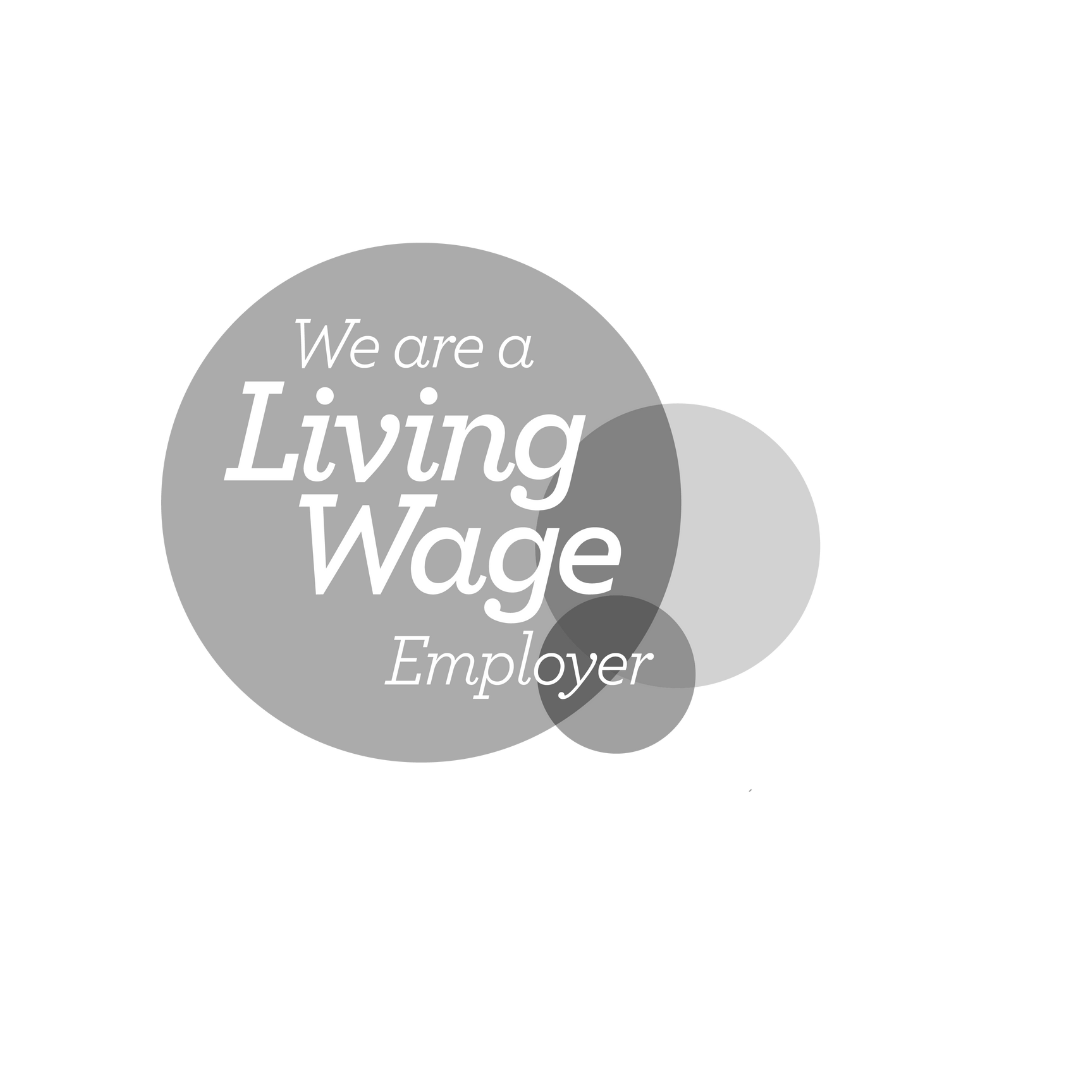
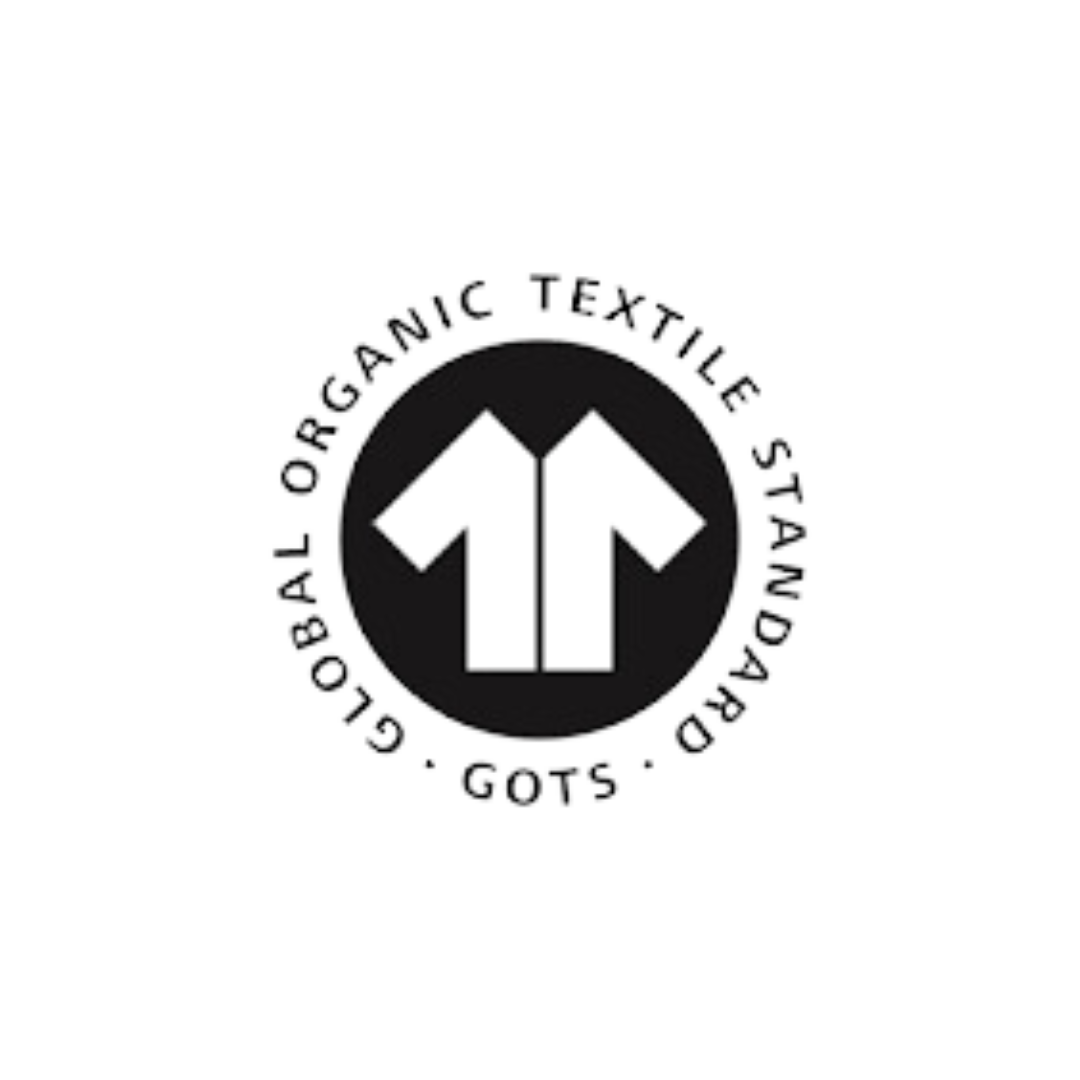

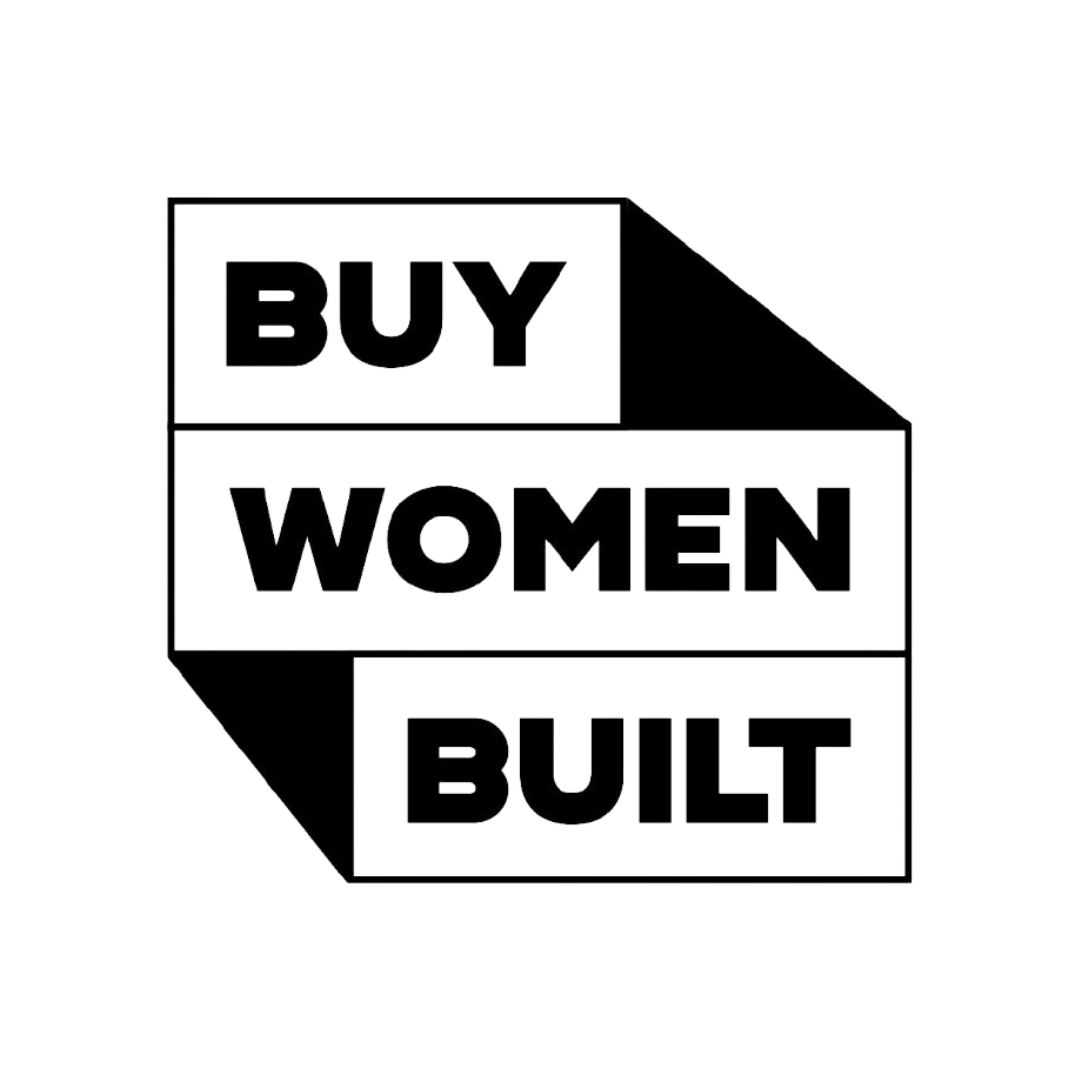
Leave a comment
This site is protected by hCaptcha and the hCaptcha Privacy Policy and Terms of Service apply.